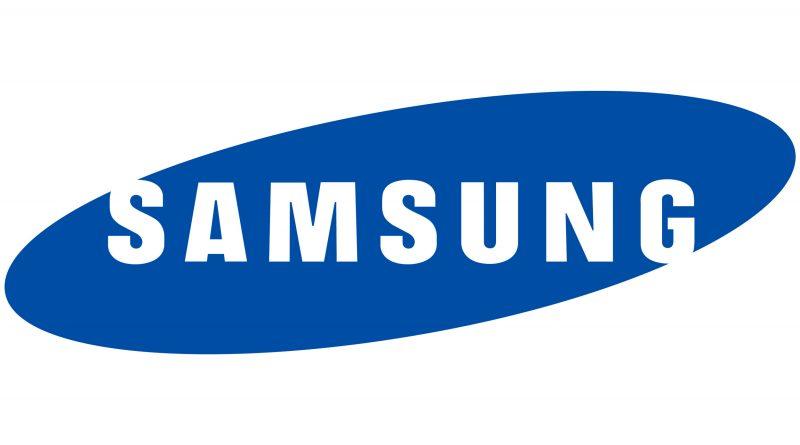Samsung unveils 6G research findings titled: 6G Spectrum – Expanding the Frontier
Samsung Electronics has released a white paper that lays out the Company’s vision for securing global frequency bands for 6G, the next generation communications technology.
The paper, titled “6G Spectrum: Expanding the Frontier,”1 discusses ways to obtain the spectrum needed to achieve the company’s 6G vision introduced in a white paper released earlier in July 2020.
“We have started on our journey long ago to understand, develop and standardize the 6G communications technology,” said Sunghyun Choi, Executive Vice President and Head of the Advanced Communications Research Center at Samsung Research.2 “We are committed to taking the lead and sharing our findings to spread our vision to bring the next hyper-connected experience to every corner of life.”
6G would require spectrum with ultra-wideband contiguous bandwidth ranging from hundreds of MHz to tens of GHz to enable new services such as high-fidelity mobile holograms and truly immersive extended reality (XR) that are characterized by ultra-high speed communications and large amount of data. There is also growing demand for greater coverage. In response to these requirements, Samsung proposes considering all available bands for 6G, from low-band under 1 GHz, to mid-band in the 1-24 GHz range and high-band in the 24-300 GHz range.
It also highlights the importance of securing new bands for commercial deployments of 6G, as 5G networks will still be operational when the 6G deployment starts. The mid-band within the 7-24 GHz range is a candidate that can support faster data speed and reasonable coverage. The sub-terahertz (sub-THz) band in the 92–300 GHz range is being considered for support of ultra-high speed data rate.
The white paper also mentions the refarming of existing bands used for 3G, 4G and 5G networks to 6G operation as another way to obtain all the spectrum necessary for 6G. In addition, it notes that research on forward-looking regulations and technologies on spectrum utilization is essential to provide efficient and flexible support of 6G and other services with the limited spectrum.
Along with the release of the 6G spectrum white paper, Samsung also highlights its research findings on some of 6G candidate technologies – specifically about sub-THz band communications, reconfigurable intelligent surface (RIS), cross division duplex (XDD), full duplex, artificial intelligence (AI)-based nonlinearity compensation (AI-NC) and AI-based energy saving (AI-ES).
Sub-THz is considered a spectrum candidate for 6G communications, which is expected to support the data rate up to 1 Terabits per second (Tbps), 50 times faster than 20 Gbps of 5G networks. Samsung successfully demonstrated 6 Gbps data rate at a 15 meters distance indoors in June 2021, and 12 Gbps at a 30 meters distance indoors and 2.3 Gbps at a 120 meters distance outdoors the following year.
RIS can improve the beam sharpness and can steer or reflect the wireless signal to a desired direction with the use of a metamaterial surface. It can reduce the penetration loss and blockage of high frequency signal, e.g., mmWave. Samsung demonstrated that their RIS lens technology can enhance the signal strength by four times and the beam steering range by 1.5 times.
XDD can improve the propagation distance of uplink signal up to two times in the TDD system by enabling the continuous uplink transmission in a small portion of the system bandwidth. Hence, XDD is capable of dramatically enhancing the coverage of the TDD system often used in high-frequency bands. Samsung demonstrated its core technology, self-interference cancellation at the base station.
With full duplex, the data transmission and reception can take place simultaneously using the same frequency so that the data speed increases up to two times.
Samsung carried out a successful trial of the full duplex in the mmWave band with a base station and a terminal 100 meters apart, demonstrating the self-interference cancellation of over 114 dB and 1.9 times improvement in the data rate.
AI-NC utilizes AI at the receiver to compensate the signal distortion caused by the nonlinearity of a transmitter’s power amplifier and hence, can significantly improve the coverage and quality of high-rate data signals. Samsung demonstrated 1.9 times improvement of the coverage for high-speed uplink data and 1.5 times improvement of the transmission speed for a given coverage.
AI-ES capitalizes on AI to minimize energy consumption at the base station by adjusting the parameters controlling the power on/off of selected cells depending on traffic load, without affecting network performance. In a real data-based replicated simulation of base stations, Samsung applied AI-ES to demonstrate an energy saving of more than 10%.




